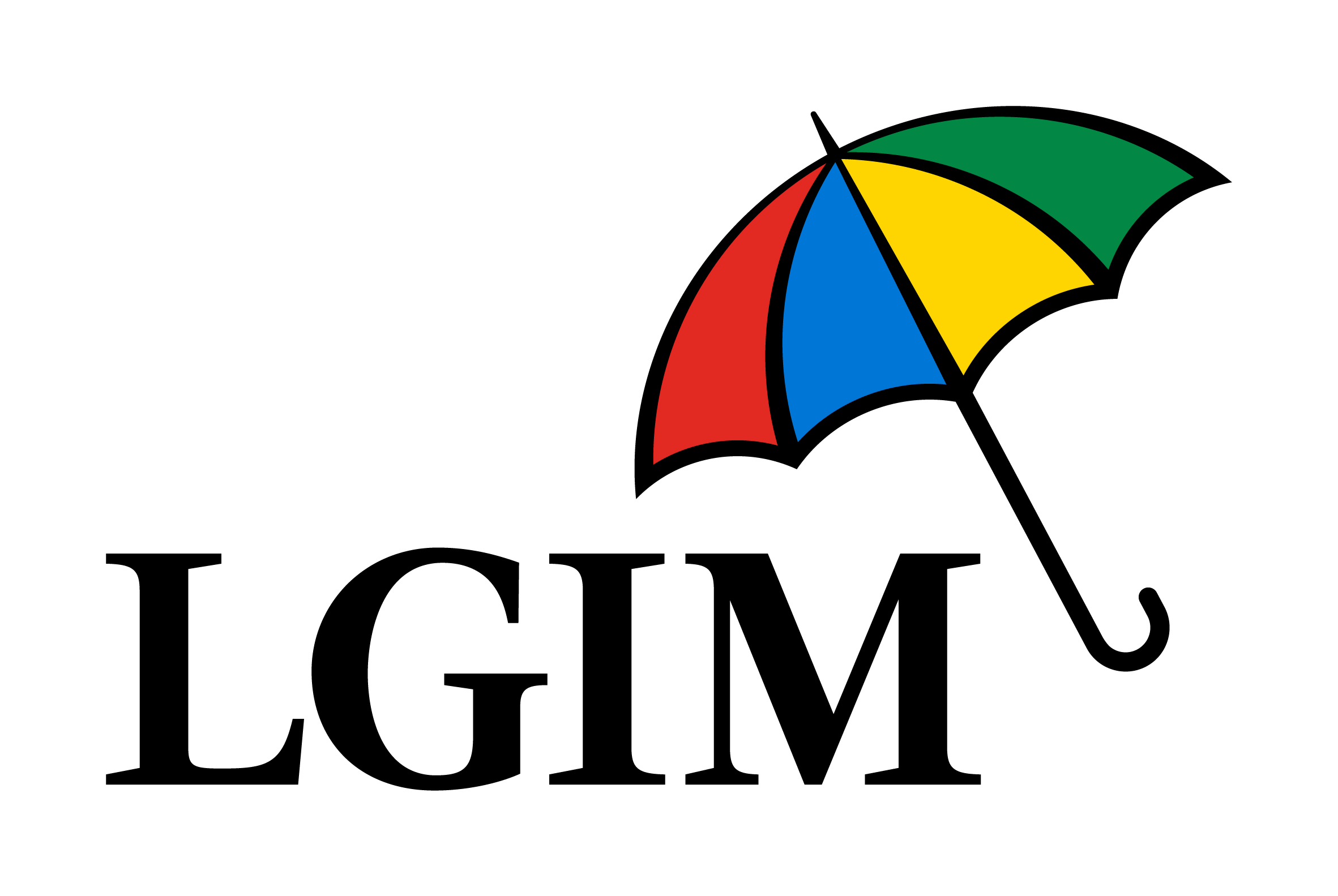Legal & General Investment Management’s (LGIM) has excluded agriculture and livestock in its latest multi-strategy commodities ETF launch in a bid to win over more ethically-minded investors.
Last month, LGIM expanded its multi-strategy commodity ETF range with the launch of an ex-agriculture and livestock ETF.
The L&G Multi-Strategy Enhanced Commodities ex-Agriculture & Livestock UCITS ETF (XAGR) follows the same methodology as the L&G Multi-Strategy Enhanced Commodities UCITS ETF (ENCO) but excludes agriculture and livestock.
ENCO – which launched in 2021– amassed $1.3bn in assets under management (AUM) in just over a year and now totals $2bn.
Hoping to continue this success while packaged a little differently, XAGR tracks the Barclays Backwardation Tilt Multi-Strategy ex Agriculture & Livestock Capped Total Return index which captures 13 commodities including energy, precious metals and industrial metals.
XAGR excludes two commodity sectors, which Ben Redmond, head of QIS structuring for EMEA at Barclays, said is done to address the “demand expressed by certain investor types”.
Drilling down a bit more, Aanand Venkatramanan, head of ETFs at LGIM, said investors may choose to exclude these two commodities on the grounds of their own beliefs.
Simply put, investors might not want to speculate on the price of commodities that are food, such as corn, wheat and livestock, as this plays a role in driving up overall food prices and increasing food price volatility.
The view that higher food prices can, in extreme cases, contribute to malnutrition and poverty, might cause some ethically-focused investors to sidestep agriculture and livestock commodities entirely.
Venkatramanan said: “That has probably shaped the preferences and beliefs of a certain class of investors who feel that they do not want to be speculating on food prices because food is essential for human survival.”
Venkatramanan added the demand was typically seen with German and Scandinavian clients.
Aside from “ethical” exclusions, much like ENCO, XAGR employs both a seasonal and roll yield strategy to provide better returns when exposed to certain commodities.
LGIM said its seasonal strategy targets commodities like heating oil and natural gas, which have predictable seasonal patterns.
The index invests in futures contracts, focusing on moments in their supply and demand cycles when prices are typically affected.
“Crude oil is produced daily, unlike corn, which has specific harvest seasons,” Venkatramanan explained. “Different commodities have unique supply and demand dynamics.
“It is important to recognise that commodities behave differently and should not be managed the same way across the board.”
The roll yield strategy is “momentum-based”, meaning for certain commodities, such as energy and industrial metals, the index aims to find the best position on the futures curve to achieve the most favourable roll yield.
"The strategy examines, for example, oil or petroleum products and, based on their behaviour, selects the point on the curve where the 'bleed' or negative roll yield is minimised," Venkatramanan added.
"XAGR chooses the expiry month showing the best momentum. For heating oil and natural gas, which are heavily consumed in December and January during winter, it will focus on rolling the December contract.”
No enhancement is applied for precious metals such as gold and silver.
“Gold, behaving like a currency, mirrors the US dollar, so we just roll the front month. The same goes for precious metals with industrial uses – it is best to roll the front part.”
In December 2021, LGIM closed the L&G Longer Dated All Commodities ex-Agriculture and Livestock UCITS ETF (XAGS) after consistent outflows saw it shrink by $12m in three years to just over $1m AUM.
The move came months after the launch of ENCO in July 2021.
Overall, XAGR combines the same successful methodology that has driven up AUM for its sister product, alongside an ‘ESG’ angle that an increasing portion of investors may want to include within their commodities exposure.



